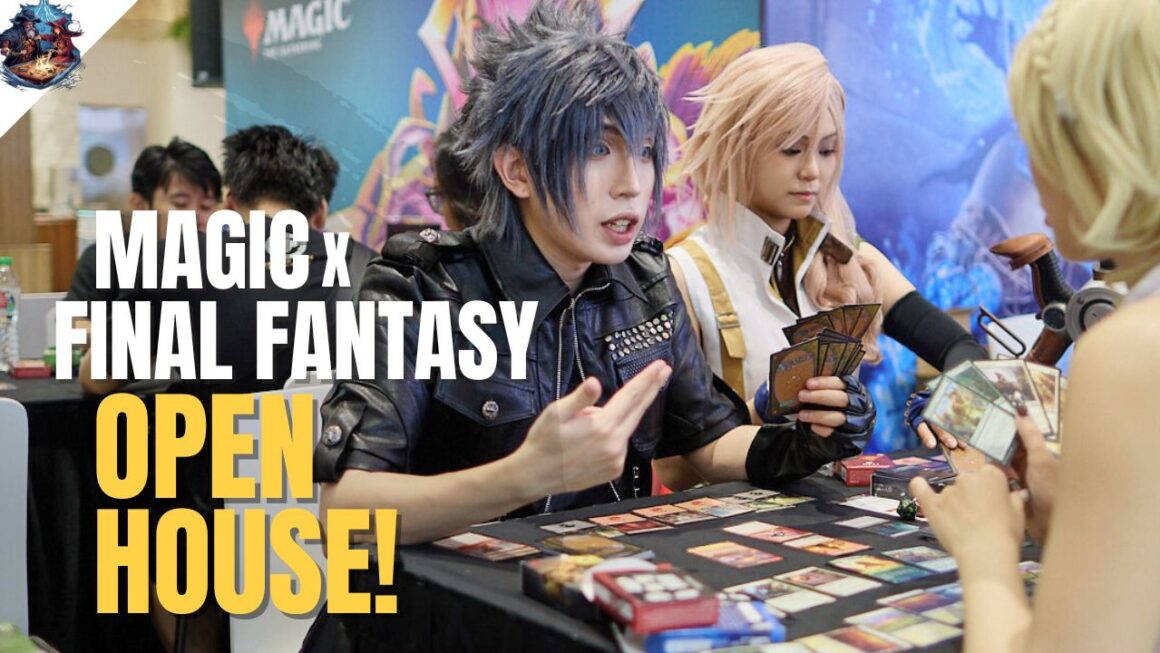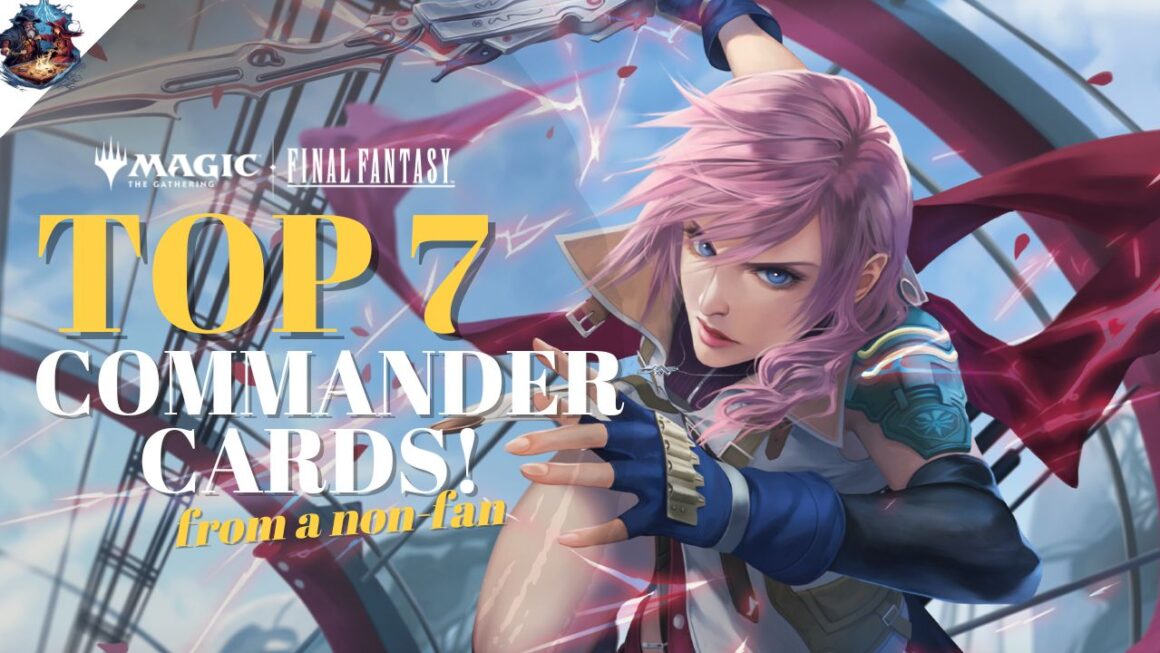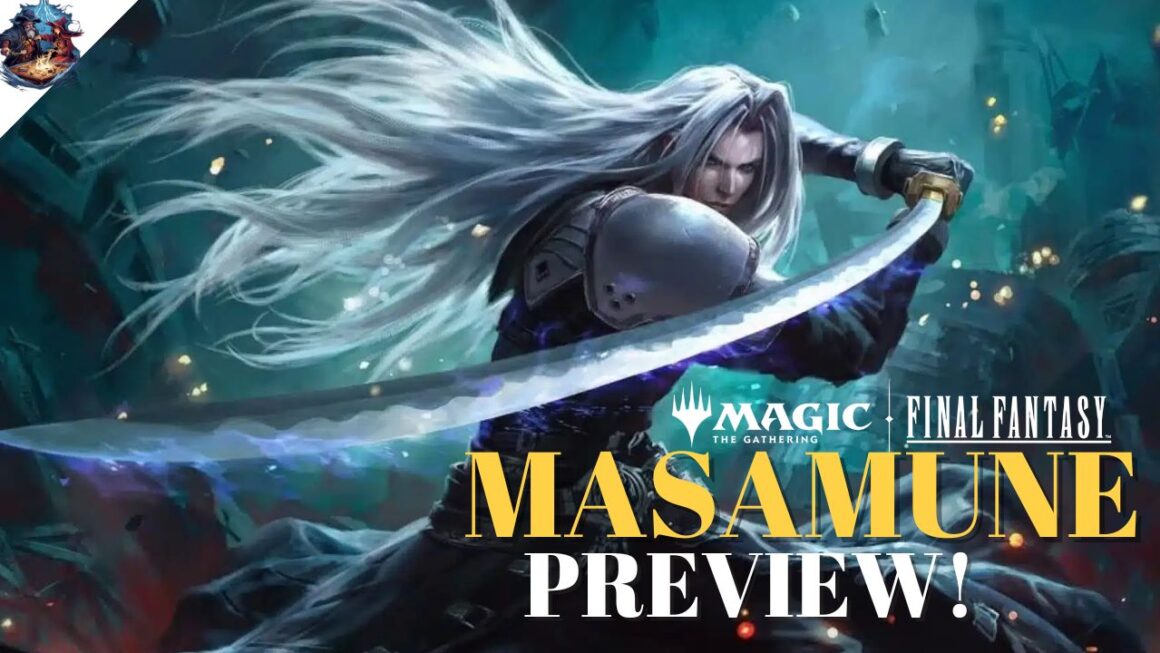“Expensive” is one of the first words you hear when you ask someone’s opinion of Magic: the Gathering (MTG).
All games and hobbies have a cost, but when a single card (in a deck of 60) costs US$20, a deck can ultimately cost hundreds to build. Look at the current top-tier decks in Magic’s Standard format:

Over $500 to build a top deck? And that is in the least expensive of all competitive formats in Magic. It’s true that expensive decks are relevant and important only for competitive play, but newcomers should understand what they’re getting into.
Factors That Make Magic More Expensive
What causes these card and deck prices to skyrocket?
In Economics, price is determined by Demand and Supply, and there are several unique factors that make MTG expensive. They are: hype for new releases, competitive play results, deck popularity, and being a physical product.
Competitive Tournament Results
Many players take note of the latest tournament results, and copy the winning decks for themselves. This causes prices to shoot up for key cards in a winning deck. When Embercleave helped win World Championship 2018 in a Green-Red deck, the price quickly went up 50%.

Similarly, after Oko, Thief of Crowns overpowered many decks in multiple formats, the card was in astronomical demand. You could sell a non-foil, regular card for $60 and maybe even more. WOTC banned Oko before it became a staple in major tournaments, the price has since fallen.
Hype of New Releases
Every year, Wizards of the Coasts releases many products, including 4 expansion sets with new and reprinted cards. Spoilers become available about a few weeks before release. This creates a lot of hype among players, more so if there are reprints of old, powerful cards.

To make matters worse, most card and game shops pre-sell single cards. Without having even tested the cards in decks, players are eagerly purchasing singles based on the hype. This then creates unwarranted price inflation. As the product is officially released, prices of certain chase cards will be even higher than before the launch.
In the latest Core 2021 set launch, the new Planeswalker Teferi, Master of Time was pre-sold at around $30. But after the official launch, prices quickly went up to $40, despite not proving itself (yet) to be a crucial card in games.
Popularity of Certain Commander Decks
There is an evergreen format that many Magic players have settled into – Commander. Almost every card is legal, and there are no sanctioned tournaments by the game’s publishers.
Because a good majority of players are playing Commander, prices swing wildly based on demand. When specific cards are played in popular Commander games, for example in The Command Zone shows, people rush to buy them.
A good recent example is Elenda, the Dusk Rose that saw a price spike of 200% after a new ruling allowed her own death’s ability to be triggered. Players rushed to buy the card, causing the rise. Thus although Commander is an accessible format and budget decks are available, it can also be very expensive.
Being a Tradable Physical Product
There are costs involved in production and distribution of a physical product. This naturally (and unfortunately) means paper Magic will always be more expensive than other digital-only games.
In addition, many new players are lured into the habit of buying booster packs. However, booster packs contain random cards and is highly inefficient and expensive to look for a specific card. If you are just starting, we recommend buying single cards either from friends or shops.
The Reserved (No Reprints) List
As early as 1996, MTG’s producers created a “Reserved List” that stated specific cards will no longer be reprinted. This meant that there will never be a new card with the same functions as Black Lotus, even if it was to be named White Lotus.
The biggest revision to the Reserved List came in 2002, and many older, more powerful cards were added. This creates scarcity in the minds or players and collectors. Almost 20 years later, many of these Reserved List cards have grown exponentially in value, while others remain worthless because of lack of play.
Unless the Reserved List is scrapped, high-value cards already on the list will continue to rise. This makes the game overall more expensive and inaccessible, as market prices rise as a whole.
On the flip side, any reprint of a valuable card can cause the price to crash. Scapeshift‘s price was about $55 until a first-time reprint in 2019 caused it to fall to $12 within 6 months.

End Step: Can I Still Play Magic?
Magic is expensive, there’s no hiding or lying about it. But that doesn’t mean that this beautiful game is out of reach to everyone. We genuinely love the game and hope it can one day be as accessible as games like Uno, Solitaire or Poker. If you are on a budget and want to get into MTG, check out these 5 cheap ways to get started.




